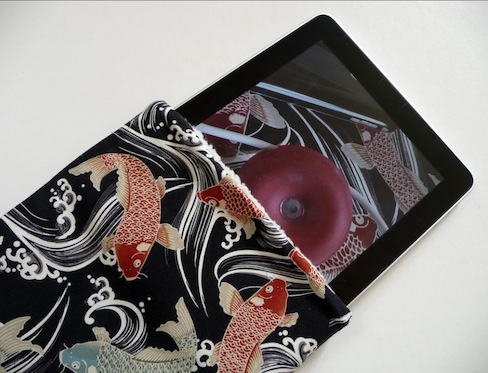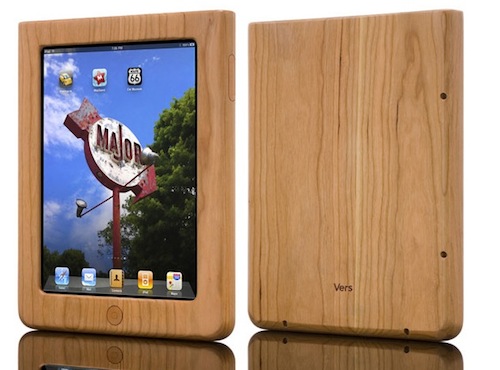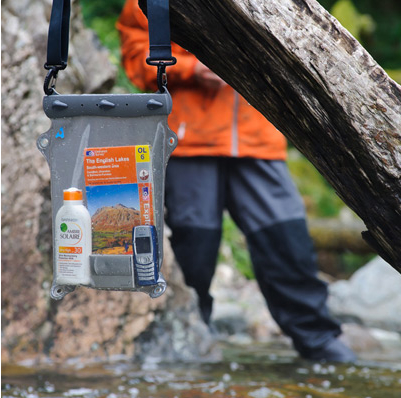For those not in the know, this time of year is huge for the gaming industry. E3 is on and all the major companies are unveiling their latest and greatest. Nintendo has used the expo to unveil its follow-up to the Wii – the Wii U.
In an era where the Microsoft Kinect has broken new ground, it was always going to be a big ask for Nintendo to outstrip that, but I’d argue they’ve achieved just that. Have a watch:
Astounding. Absolutely astounding. What do you think?









Recent Comments